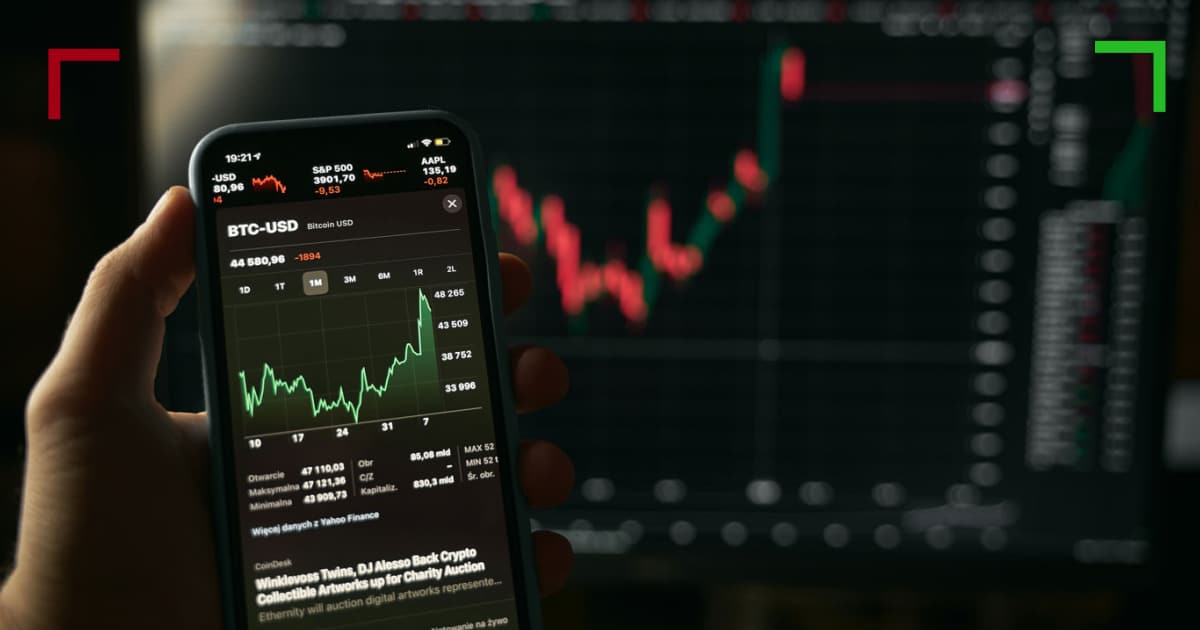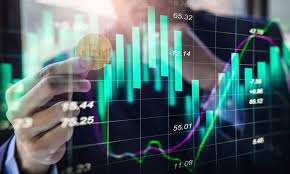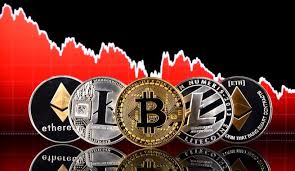
Mastering the Art of Crypto Trading High-Frequency
High-frequency trading (HFT) has revolutionized the landscape of financial markets. In the realm of cryptocurrencies, this trading style has become increasingly significant due to the market’s volatility and the speed at which digital assets can change in value. To understand the intricacies of Crypto Trading High-Frequency click here and effectively navigate this challenging environment, one must delve into the technology, strategies, and risks involved in high-frequency crypto trading.
What is High-Frequency Trading?
High-frequency trading refers to algorithmic trading strategies that involve executing a large number of orders at extremely high speeds. This approach leverages computerized systems to capitalize on minute price discrepancies with lightning-fast execution times that are often measured in milliseconds or microseconds.
The strategies employed in HFT can include market making, arbitrage, and momentum trading. In the context of cryptocurrencies, where prices can fluctuate significantly in short periods, these strategies allow traders to make profits from tiny price changes across various exchanges.
Technological Infrastructure
One of the primary requirements for engaging in high-frequency crypto trading is robust technology. Traders must have access to high-speed internet, powerful computers for running complex algorithms, and sophisticated trading platforms that support rapid order execution.
Data feeds are also critical. HFT traders rely on real-time data to make split-second decisions. This data can include market prices, order books, and news alerts—all of which need to be processed with minimal latency.

Strategies for High-Frequency Crypto Trading
There are multiple strategies that traders employ in the realm of high-frequency trading:
- Market Making: This involves placing both buy and sell orders on the order book to profit from the bid-ask spread. Market makers provide liquidity to the market and earn a profit from the difference between buying and selling prices.
- Arbitrage: HFT traders can exploit price differences between various exchanges. For example, if Bitcoin is priced lower on one exchange than another, a trader can buy on the cheaper exchange and sell on the more expensive one, pocketing the difference.
- Trend Following: Some traders use algorithmic strategies to identify and follow trends in the market, quickly buying or selling assets as conditions change.
Risks in High-Frequency Trading
While HFT can be lucrative, it is not without risks. The high-speed nature of trading means that mistakes can be costly. A malfunction in an algorithm could lead to substantial losses in a matter of seconds.
Moreover, the market is constantly evolving, and what works today may not work tomorrow. Traders need to be vigilant in monitoring their algorithms, adjusting strategies based on market conditions, and maintaining a strong grasp of fundamental analysis of cryptocurrencies.
Regulatory Environment

The regulatory landscape for cryptocurrencies is still developing. In many jurisdictions, high-frequency trading is subject to oversight, and regulations can change rapidly. Traders must stay informed about compliance requirements to avoid legal issues.
Different countries approach cryptocurrency regulation differently, and this can have a profound impact on HFT strategies. For instance, stricter regulations in one country may lead traders to seek more favorable environments elsewhere, altering the dynamics of the market.
The Future of High-Frequency Crypto Trading
The future of high-frequency crypto trading appears promising, especially as technology continues to evolve. Improvements in machine learning, artificial intelligence, and blockchain technology are likely to enhance trading strategies and efficiency.
Furthermore, as cryptocurrencies gain wider acceptance and adoption, the market’s liquidity is expected to improve, providing ample opportunities for high-frequency traders to capitalize on volatility.
Conclusion
High-frequency trading in the crypto market is not merely a trend; it represents a seismic shift in how trading can be approached. Though it demands substantial technological and analytical capabilities, those who master the art of HFT can potentially reap significant rewards. However, as with any investment strategy, it comes with its own set of risks and challenges that traders must navigate effectively.
As the landscape continues to evolve, those engaged in high-frequency crypto trading must remain adaptable and informed, leveraging technological advances while remaining astutely aware of the regulatory environment. As we look to the future, the intersection of speed, strategy, and technology will redefine the possibilities within the cryptocurrency market.


